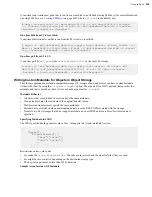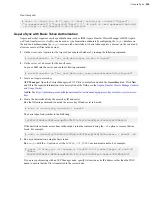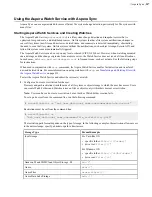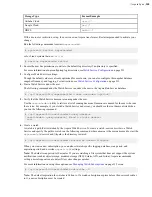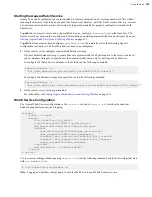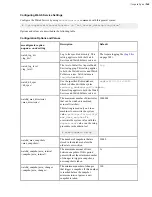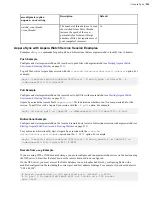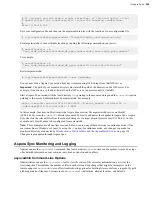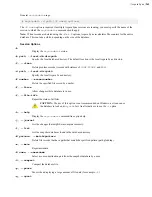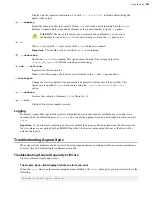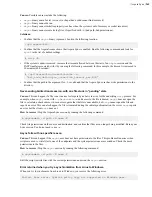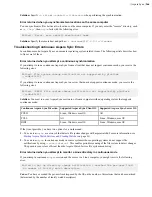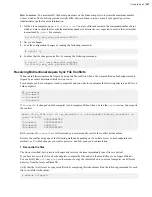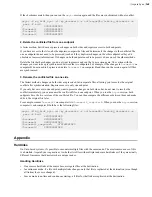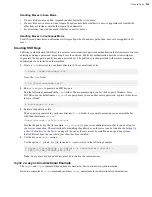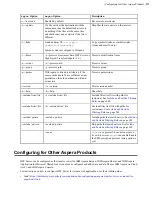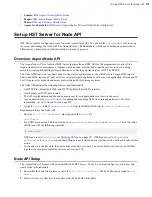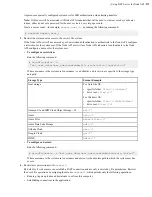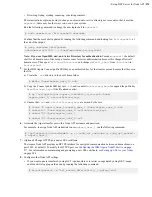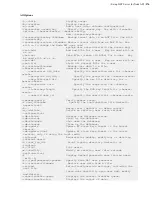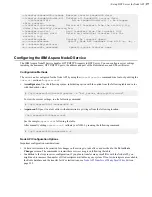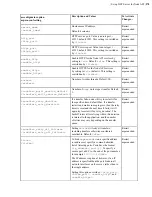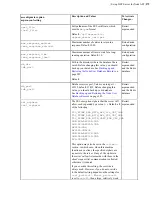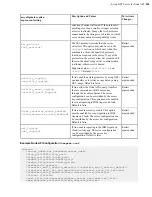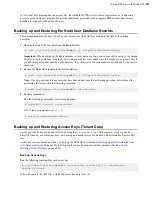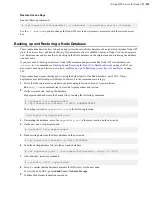
| Aspera Sync |
268
If the checksums match, then you can run the
async
session again and the files are synchronized without conflict.
async -N my_bidi_sync -d /my_documents -r colleague@B:/home/my_documents -w
pass -K bidi
/ SYNCHRONIZED
/Document1 SYNCHRONIZED
/Document2 SYNCHRONIZED
/Document3 SYNCHRONIZED
2. Delete the conflicted file from one endpoint
A faster method, but it does not preserve changes on both sides and requires access to both endpoints.
If you have access to the file on both endpoints, compare the files and determine if the changes to the conflicted file
on one endpoint do not need to be preserved (such as if they duplicate changes on the other endpoint or they add
obsolete or incorrect information). If changes on both endpoints need to be preserved, use one of the other methods.
Delete the file that has changes you do not want to preserve and run the Sync session again. The version with the
changes you want to keep is synchronized between the two endpoints. For example, if the changes to
Document2
on
computer B do not need to be preserved, delete
Document2
on computer B and then run the session again. All files
are synchronized.
3. Rename the conflicted file on one side
The fastest method, changes on both sides are preserved but in separate files, allowing you to resolve the original
conflict after synchronization. Requires access to only one endpoint.
If you only have access to one endpoint, want to preserve changes on both sides, but do not want to resolve the
conflict immediately, you can rename the conflicted file on one endpoint. When you run the
async
session, both
endpoints have the two versions of the conflicted file. You can then compare the differences between them and make
edits to the original file later.
For example, rename
Document2
on computer A to
Document2_computerA
. When you run the
async
session,
computer A and computer B both have the following files:
async -N my_bidi_sync -d /my_documents -r colleague@B:/home/my_documents -w
pass -K bidi
/ SYNCHRONIZED
/Document1 SYNCHRONIZED
/Document2 SYNCHRONIZED
/Document2_computerA SYNCHRONIZED
/Document3 SYNCHRONIZED
Appendix
Hardlinks
On Unix-based systems, it's possible to encounter multiple files with the same inode. The most common case of this
is a hardlink. Aspera Sync is agnostic as to whether two files with multiple inodes are hardlinks or if they are actually
different. It assumes that directories have unique inodes.
Handling Hardlinks
• One or more hardlinks at the source become regular files at the destination.
• In continuous mode, if a file with multiple links changes, only that file is replicated at the destination (even though
all links at the source changed).
• In scan mode (one-time and continuous startup), all files for that link are replicated at the destination.


